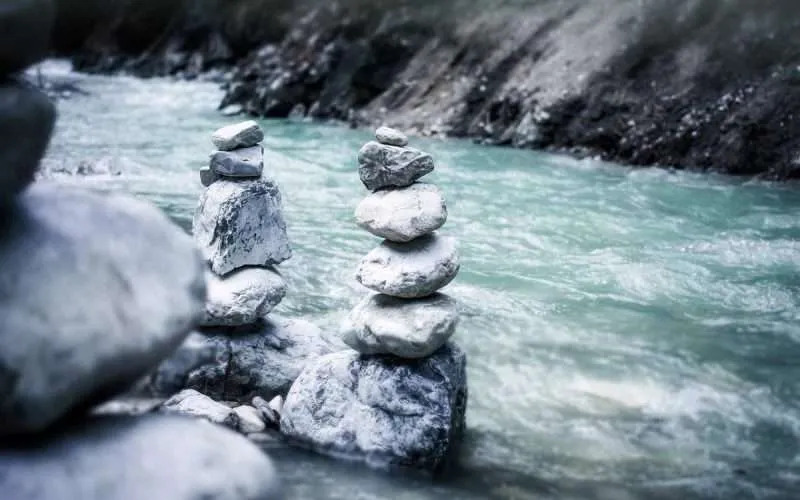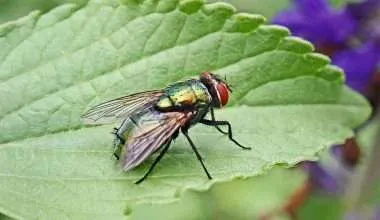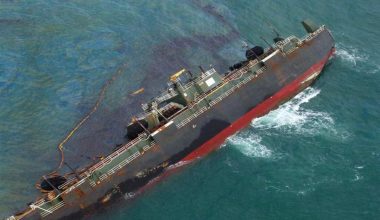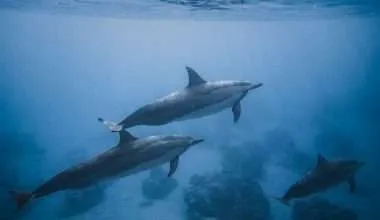Table of Contents Show
What is a Stream?
Sitting beside a stream can be one of the most peaceful experiences that you can enjoy. However, not many of us will pay attention to the fact that this body of water, which runs on the Earth’s surface, is actually a very significant habitat for many plants and animals.
Streams also provide a number of advantages to the humans living in the vicinity. For instance, they can act as supplies of drinking water, help irrigate crops, or even generate electricity (think hydroelectric power).
At this point, a person may argue that these are functions that are also fulfilled by rivers, and they would not be wrong either. However, it is important to remember that rivers are actually much larger bodies of water as compared to streams.
Streams are smaller, more localized and give off that more personal vibe that is missing from rivers. Then again, streams, with their personal, private touch can also be used during leisure activities such as swimming, boating and fishing.
So, before you plan your next picnic by the stream, how about learning a little about the 8 unique types of streams of water that exist in the world?
How do streams exist?
The presence of gravity and water helps to form a stream. The cycle begins when precipitation falls on the ground. Some of it may be absorbed into the earth as groundwater, but most of it simply runs downhill and gathers into streams.
This creates a watershed or drainage area where water that will eventually lead to the formation of a stream ends up getting ‘stored’ in nature.
Many other smaller streams may eventually gather into this watershed, or join the bigger stream at any point in its journey to the sea. These smaller streams are known as tributaries.
Streams need channels or ‘beds’ in which the water will flow. These channels are formed by rocks’ erosion. Water, as it initially flows over rocks, erodes the material, carrying all debris downstream. If it continues long enough, you could get yourself a Grand Canyon!
Streams are not necessarily bodies of water that run in straight lines. They can become meandering streams, crawling over a landscape with the loops so big that, over time the bends can meet and form oxbow lakes.
Other times, streams can intersect, join and separate and intersect again, forming a braid-like structure. Stream channels have even been found on Mars, a fact that led planetary scientists to conclude that, once upon a time, there was water, even on Mars.
8 unique water streams types
A little trickle of water coming down a mountain slope is not likely to have a lot of current. Streams are different though. They have a noticeable current within the water that is flowing between two banks.
Streams also usually start on a mountain slope, beginning with only a low volume of water in a minor channel, sans any floodplains. This small volume of water is joined by other similar streamlets and this eventually becomes a stream with a moderate gradient, broad floodplains.
Quite often, at this stage, streams don’t follow a straight line and become meandering streams. This is the “young” stage in the life cycle of a stream, and it will eventually reach “middle” and mature stages before joining the sea.
1. Alluvial Fans
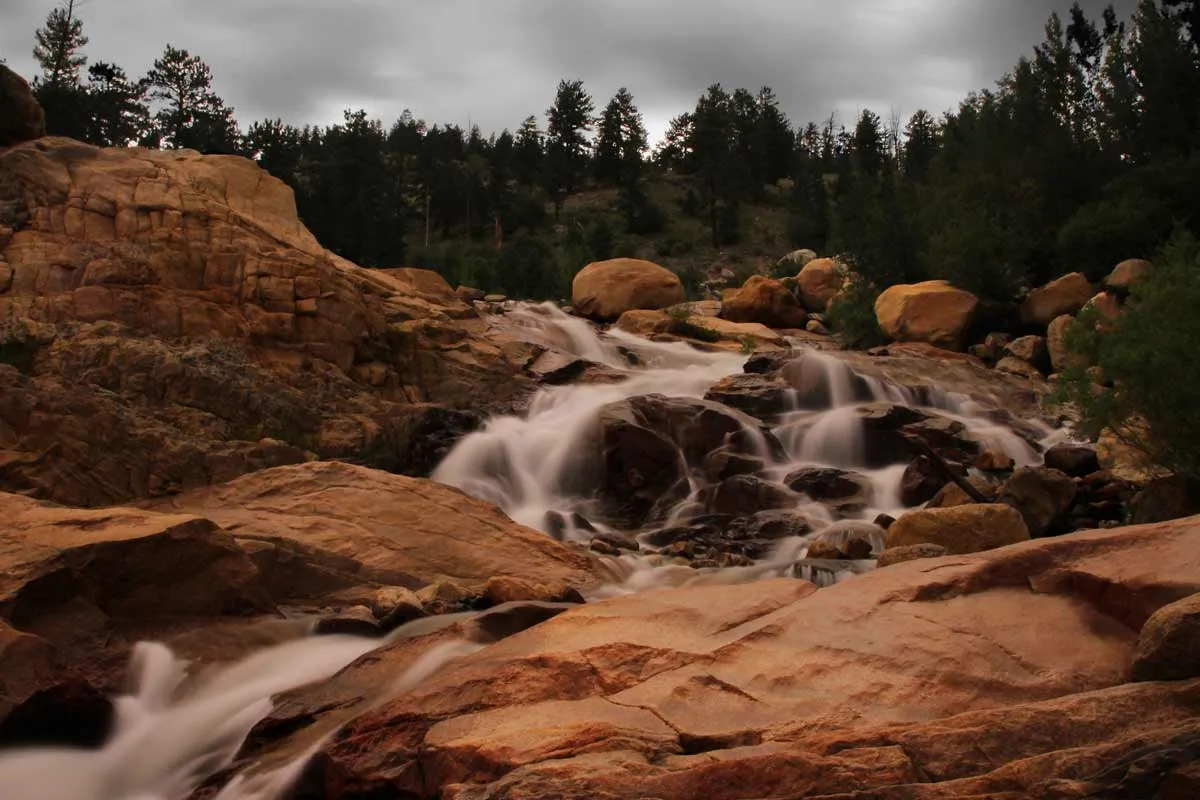
Alluvial fans are caused when streams leave terrains that are a little steep and move to one that is almost completely flat. Alluvial fans are E-shaped.
As streams flow, they are joined by smaller streams, or tributaries. Eventually, the main flow is disrupted again as smaller streams flow out of the major stream again. These smaller streams are known as distributaries that flow forth upon occasion.
If and when these distributaries rejoin again, they will form a valley. However, when they are spread across a larger region, an alluvial fan is formed.
An alluvial fan will emerge when streams come out of a gorge and move into an essentially flat plain. At this point the stream will be full of the ‘load’ of eroded material that it has collected by corroding the canyon through which it passed.
At the mouth of the canyon, the land is a little steeper and this is where the stream will drop its load.
2. Braided Streams
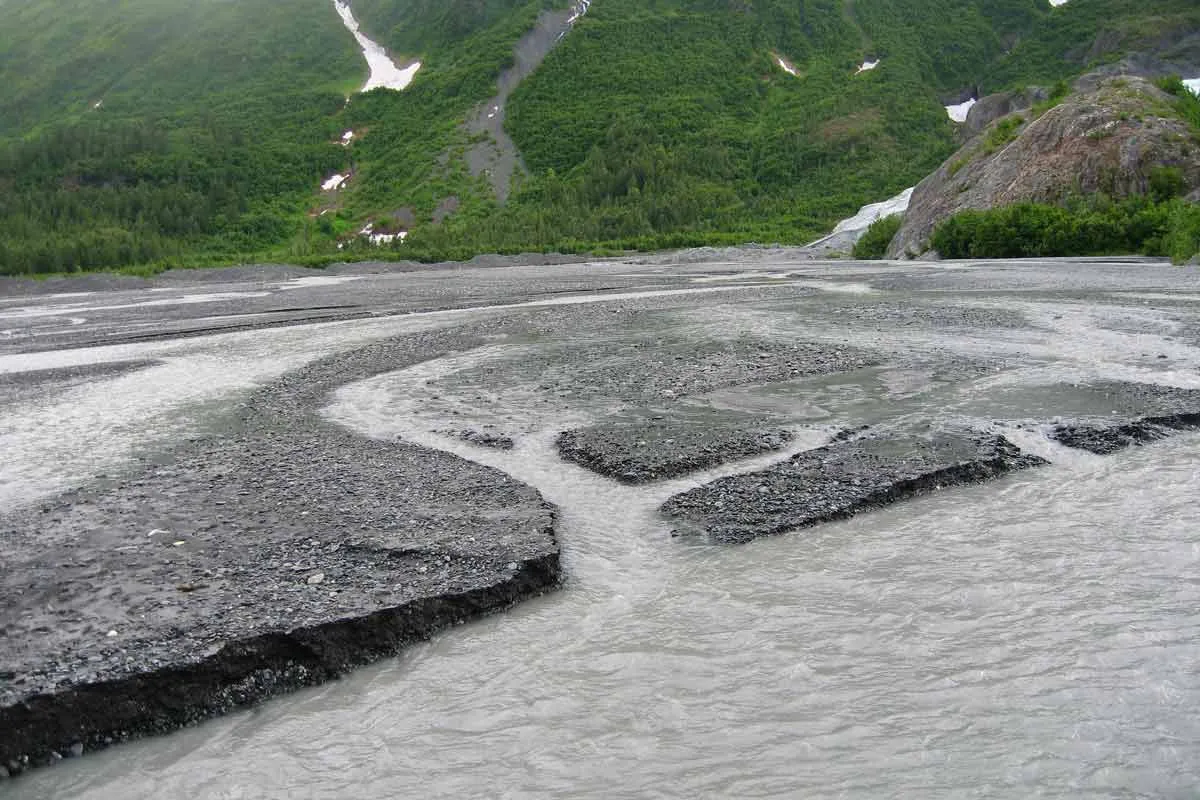
Located high in the mountain areas, braided streams have a number of channels that constantly branch out and reconnect over the entire length of the stream. This results in a number of longitudinal bars created between the channels.
Unlike alluvial fans the channels neither developed into a fan formation nor do they form distributaries. Instead, they anastomose (join).
The name braided streams indicates the braided-hair appearance of the streams.
As water levels fall, additional streams develop.
They’ll ultimately join again too!
The streams often join when the flow is constricted within a tight spot, and there’s no genuine floodplain.
Watch this video of braided streams to see what I mean.
3. Deltas
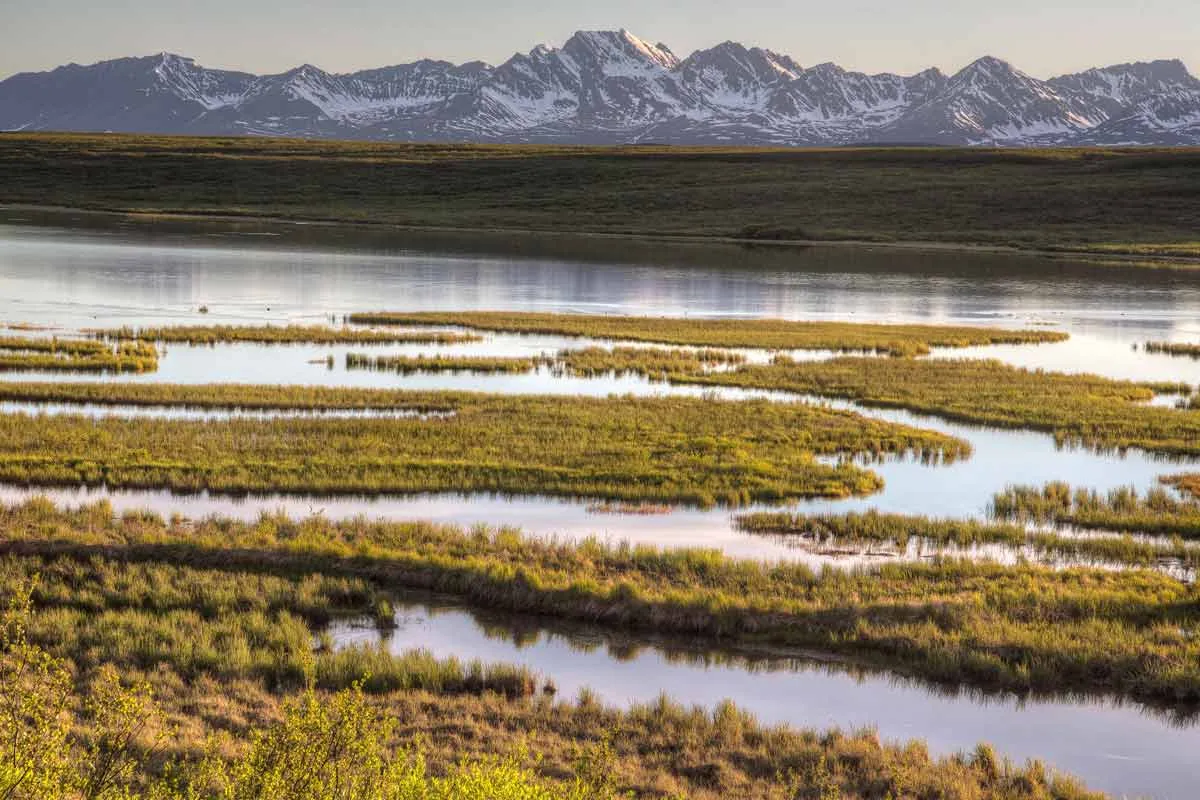
Deltas are basically heavy deposition at the point that a stream flows into standing water. This in turn creates distributaries. Though the deposition of sediments and even rocks in some cases continues and keeps invading the body of standing water,
Naturally, deltas are often found at the point where a stream enters the ocean. This is because deltas can’t form if the water body is capable of transferring sediments as quickly as it enters.
This heavy deposition and loss of energy by the stream allows distributary channels to form similar to an alluvial fan.
The Nile delta is one of the most renowned deltas on the earth, and before it was widely exploited for irrigation, it had many more active distributaries.
In reality, a delta will occur wherever a stream meets a body of standing water, even if it isn’t an ocean. Even though man-made reservoirs have a life expectancy, the delta will ultimately fill the lake totally with sediment.
Deltas are named by its shape, which is a triangle, and the river frequently divides into smaller rivers before flowing into the sea; an example of this is the Mississippi Delta.
4. Ephemeral Streams
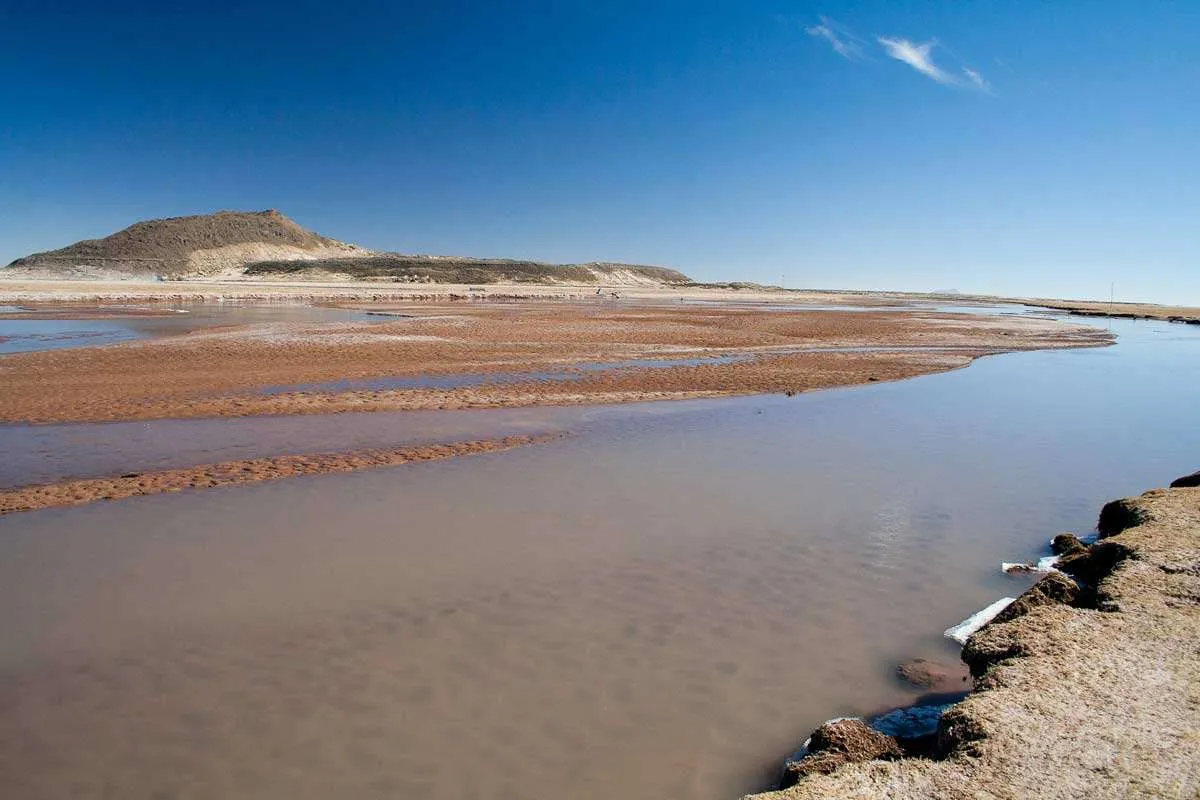
Ephemeral streams only exist for a small amount of time, usually as a consequence of melting snow after a heavy downpour. In other words, they occur whenever there is an increase in the quantity of watershed on the planet.
These are minor streams with channels that are often dry throughout the year.
Contrary to popular belief, there is a distinction between ephemeral and intermittent streams.
Ephemeral streams are much shallower and have much less flow than intermittent streams, and they stay dry for the most of the year. In recent years, places with less-than-normal rainfall have exhibited ephemeral features due to the formation of these sorts of streams.
5. Intermittent Streams
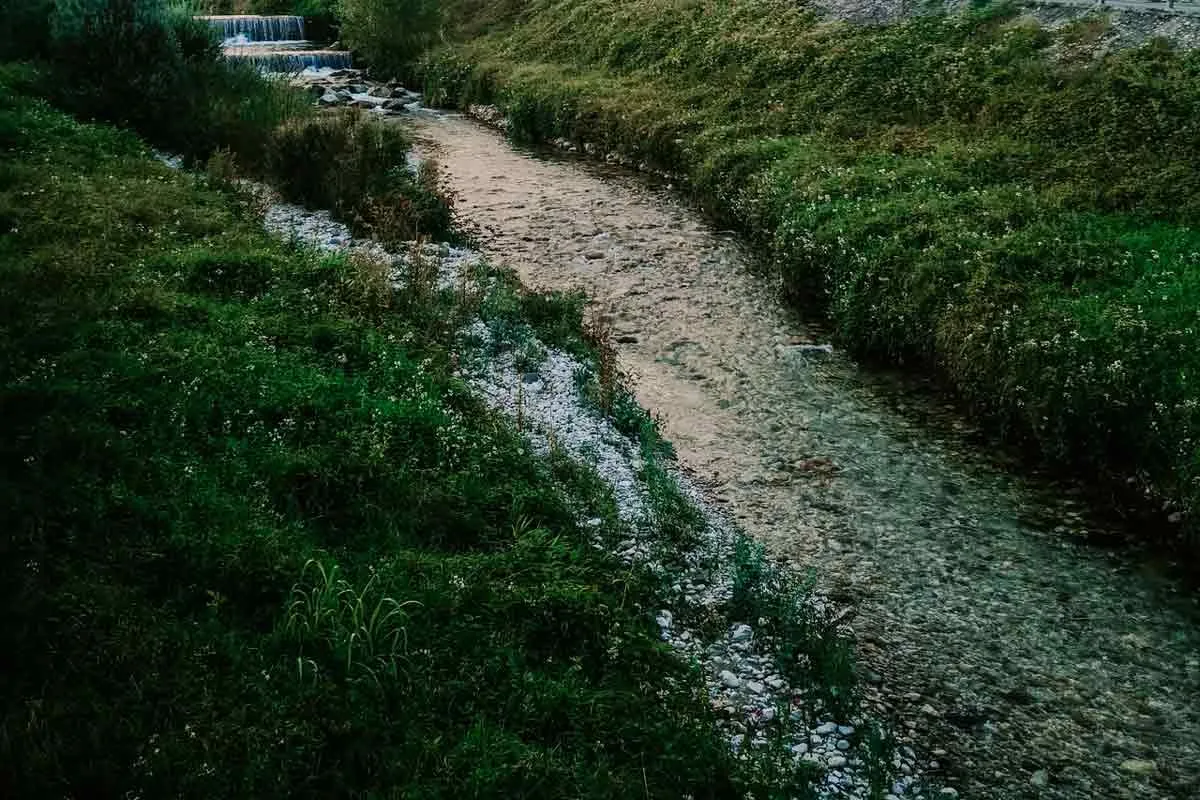
Intermittent streams usually only flow for a major portion of the year. This is typically during the wet season. Commonly in dry seasons due to the lack of rainfall these springs remain dry.
While these seasonal streams do depend upon rainwater and other forms of precipitation to survive.
What allows these streams to actually flow part of the year is the increase in the groundwater levels. They provide enough water for the stream to flow. It is pretty common for these streams to flood during the rainy seasons.
6. Meandering Streams
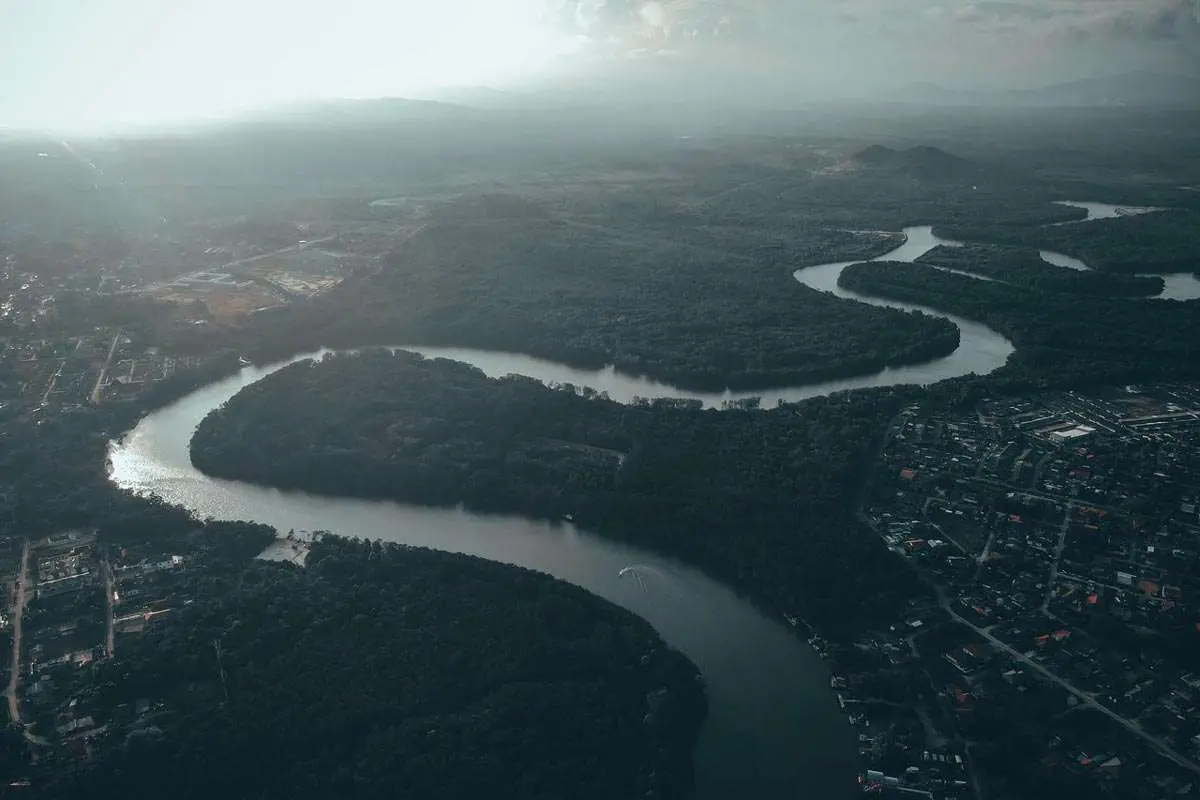
A meandering stream can typically only emerge in floodplains, and that too usually in the upper flat plains. The environment must be flat and broad for these types of streams to emerge. Hence, floodplains and areas where the sediment is mostly fine sand and silts are the only places that meandering streams are found.
These streams are basically made up of enormous loops running through the flat plainland that the stream is present in. They are usually flanked by high valley walls.
Since they are typically found in the upper plainlands, the flow of water is pretty fast. This leaves plenty of sediments to be deposited at twists and turns along the stream.
Though an interesting fact that has even scientists confused is how to classify meandering streams. It’s difficult to place them as either depositional or erosional.
This is because meandering streams tend to do both at the many sharp turns throughout them. This in turn at times creates natural oxbow lakes throughout the length of the stream.
While the meandering streams achieve both erosion and deposition, they are predominantly considered erosional because of their high energy to load ratio.
Meandering streams expand laterally due to erosion outside the curve and sediment deposit inside the bend.
If the loops get too large and create friction, which means they spend too much energy, the stream will locate a less demanding route, leading to the abandonment of a portion of the previous path. This is how those aesthetically pleasing oxbow lakes are formed.
7. Perennial Streams
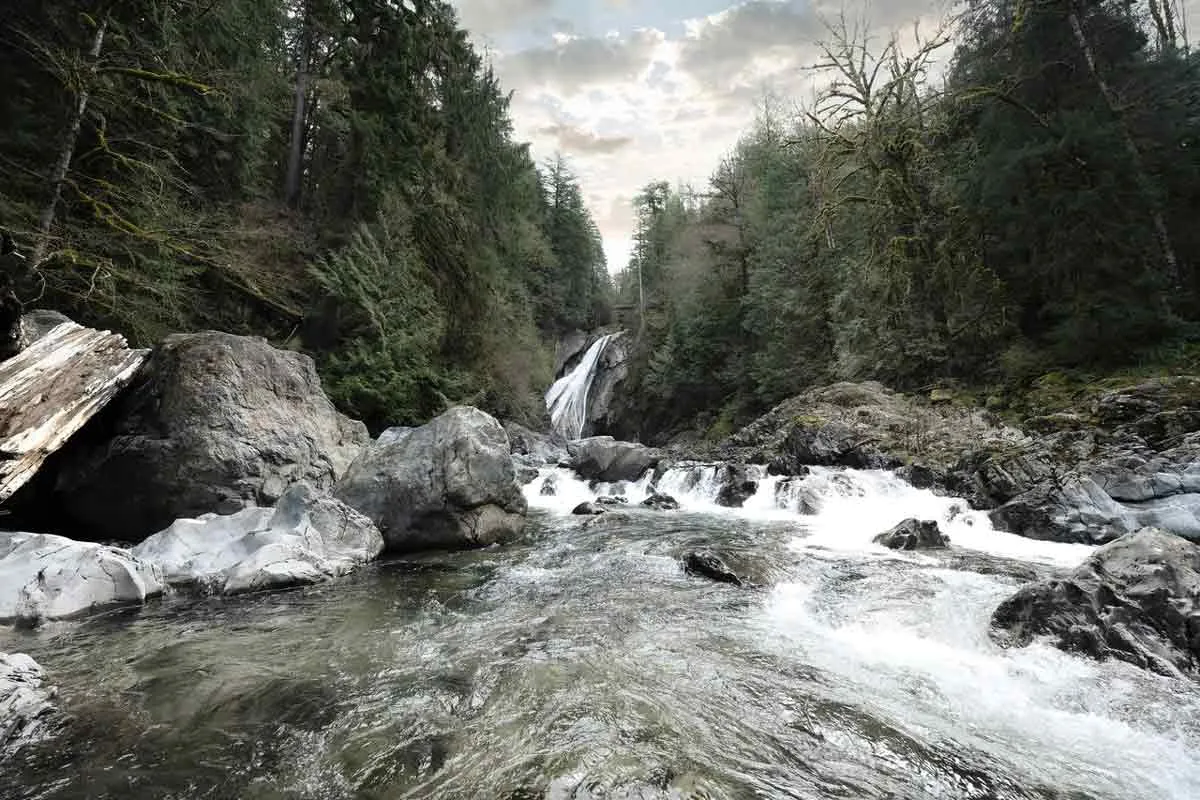
While the source of water for perennial streams may vary between groundwater, surface water, or both; these streams are wet all year long.
This, of course, doesn’t mean that every bit of the stream is filled with flowing water at all times, rather at least a small portion of stream will have water at any given time.
These permanent streams rely mainly on the average levels of rainfall in the region to survive.
Furthermore, the aquatic bed is positioned below the water table for most of the year, with a perennial stream, and the channels are quite well-defined.
8. Straight Channel Streams
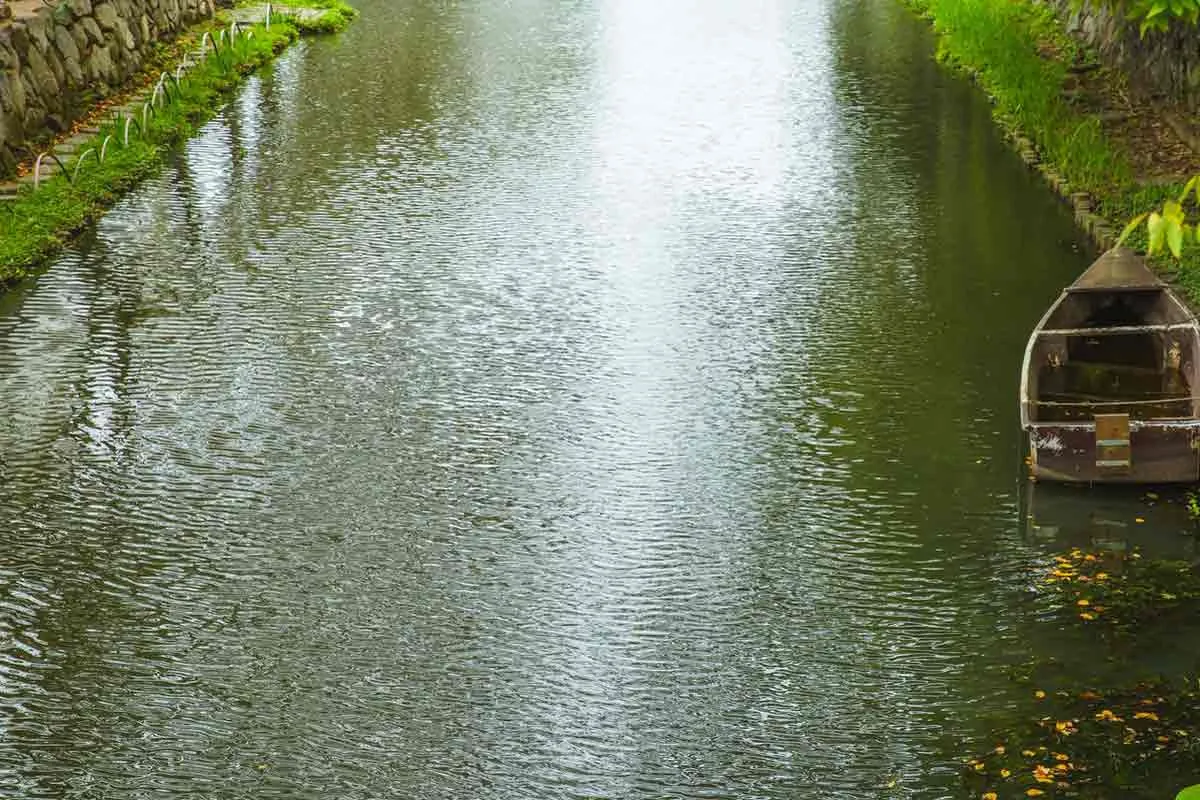
A straight channel stream isn’t necessarily a stream that is perfectly straight. The straight channel stream simply has no major twists or turns or meanders in it.
These streams are usually contained within a single channel which follows an approximately straight path. It may prove to be quite a hassle to try to distinguish between the banks and valley walls of such streams.
Straight channel streams are rather common around the mouths of rivers and anywhere that traverses a high ridge. They are often found in shallow valleys with sheer cliffs. A straight channel stream may be noticed if you visit the Grand Canyon and gaze towards the Colorado River.
Straight streams do not have to have thousands of feet deep gorges or canyons, but they all have valley walls that run inward steeply right to the edge of the water, implying that there is no genuine floodplain.
Straight streams are also fully erosional, with the resultant silt moving downstream swiftly due to the force of the rushing water. They also have massive boulders in their beds.
What can harm streams?
Streams themselves form a habitat that sustains numerous plant and animal life.Strong root systems work as anchors to support plants that are growing in and around stream beds.
Their long and flexible branches may be seen floating on the stream’s surface. Fly larvae feed on the fallen leaves in the water. Later, these larvae themselves become food for fish present in the stream.
This life-sustaining stream however, may be affected by a number of factors. Chief amongst these are dams which obstruct the naturally flowing water, carrying debris and silt.
Untreated sewage water, leaked into streams can also help generate algae within the stream that will later cover the entire surface of water.
This will smother the animals living in it. Pollutants from nearby farms, or even industries close by could also wash into streams.
This will affect the quality of water and make it harmful for all the life forms relying on it.
